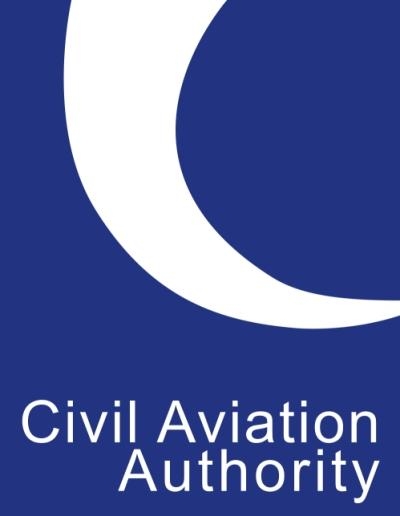Wed, Nov 25, 2015
Flight Testing Of Prototype Small Aircraft In The UK Is Now Less Expensive And Complex
When a manufacturer goes to develop a new aircraft, it’s not as simple as just building a prototype and seeing how it works. Up until now, both the U.S. and the UK have required a prototype aircraft to be certified for the purpose of flight testing prior to the first flight. This can be a complex and expensive process. But now, things have changed in the UK.

In the UK, the requirements for experimental aircraft, known as E conditions, will benefit small-scale aircraft designers and manufacturers by reducing the red tape and financial burdens associated with securing airworthiness and operational approval for new light aircraft designs, encouraging the growth of new design concepts.
The requirements allow aircraft designers to try out a new concept aircraft (up to a maximum take-off mass of 2,000 kg, which is about 4,400 pounds) in the air without going through the costly and time consuming procedures that currently exist to get a new design past the initial stage of proof-of-concept prototype. E Conditions can also be used to test aircraft modifications or if the aircraft is being operated in a manner or role that is previously unproven. If, after trying out a promising idea, it is thought to be viable, then a full certification program can be planned and funded in the usual way.
Individuals and organizations conducting proof-of-concept flights will still be required to undertake a risk assessment to support the activity and in particular, ensure that the risks to third parties are adequately addressed. For example, flights would not be allowed over congested areas, the pilot must be suitably qualified and no passengers or cargo can be carried. Prior to the commencement of flight, an E Conditions Declaration must be submitted to the CAA relating to the flight test program.
These flight testing changes have been put in place in an effort to encourage more light aircraft development.
More News
Aero Linx: JAARS Nearly 1.5 billion people, using more than 5,500 languages, do not have a full Bible in their first language. Many of these people live in the most remote parts of>[...]
'Airplane Bounced Twice On The Grass Runway, Resulting In The Nose Wheel Separating From The Airplane...' Analysis: The pilot reported, “upon touchdown, the plane jumped back>[...]
"Burt is best known to the public for his historic designs of SpaceShipOne, Voyager, and GlobalFlyer, but for EAA members and aviation aficionados, his unique concepts began more t>[...]
"Polaris Dawn, the first of the program’s three human spaceflight missions, is targeted to launch to orbit no earlier than summer 2024. During the five-day mission, the crew >[...]
There Are SO Many Ways To Get YOUR Aero-News! It’s been a while since we have reminded everyone about all the ways we offer your daily dose of aviation news on-the-go...so he>[...]
 ANN's Daily Aero-Linx (05.04.24)
ANN's Daily Aero-Linx (05.04.24) NTSB Final Report: Quest Aircraft Co Inc Kodiak 100
NTSB Final Report: Quest Aircraft Co Inc Kodiak 100 Aero-News: Quote of the Day (05.04.24)
Aero-News: Quote of the Day (05.04.24) Aero-News: Quote of the Day (05.05.24)
Aero-News: Quote of the Day (05.05.24) Read/Watch/Listen... ANN Does It All
Read/Watch/Listen... ANN Does It All



